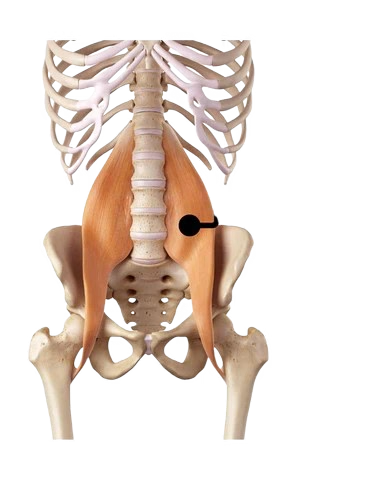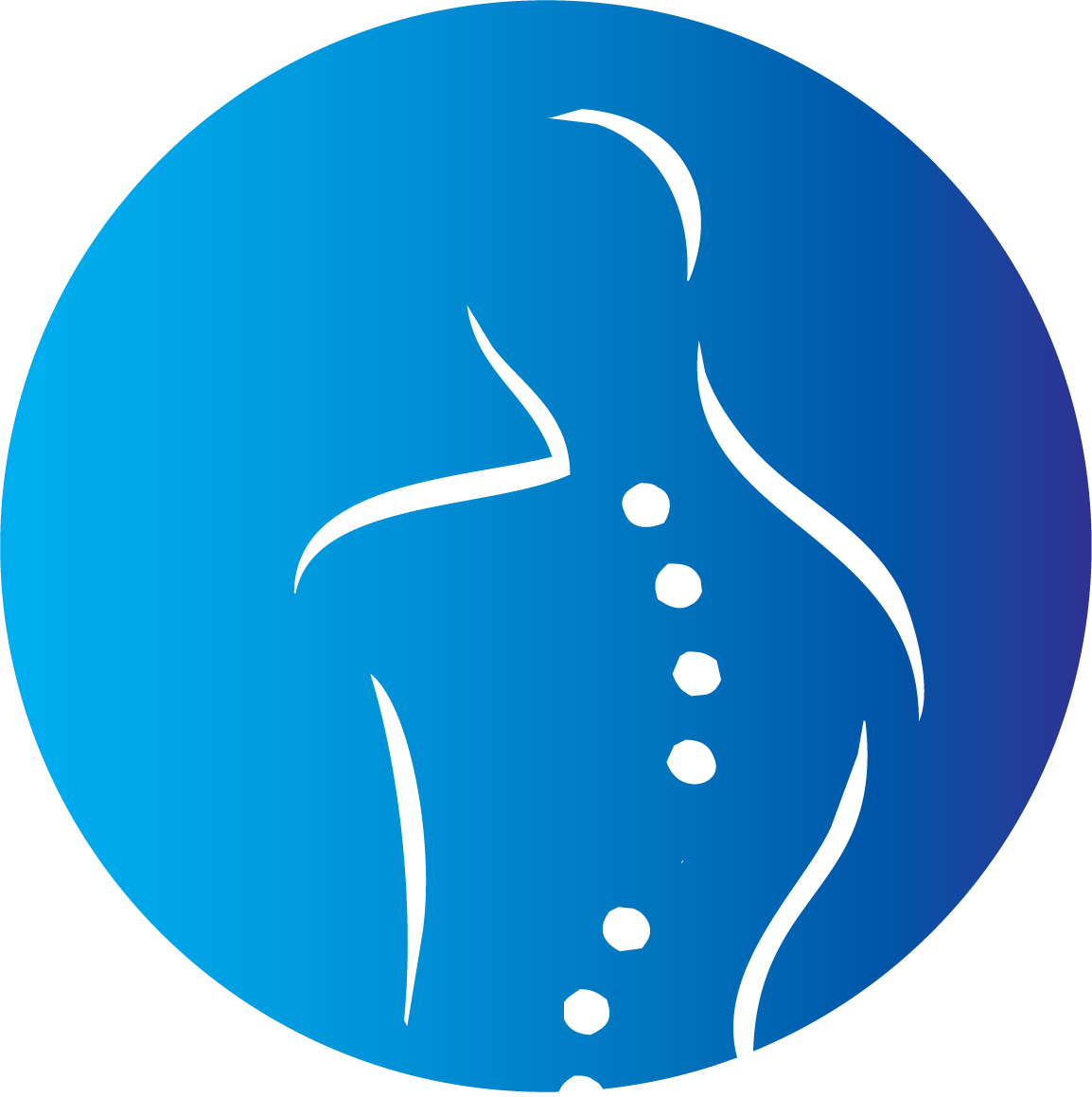
How Your Psoas Muscle Supports Bone Density and Healthy Movement
Most people don’t think much about their psoas muscle — but they should. As Emily Abbate explains in her GQ article, this deep muscle that runs from your lower spine through your hips to your thighs plays a vital role in posture, balance, and movement. What’s less talked about, however, is how a healthy psoas—and the muscles that support it—are directly connected to bone density and long-term musculoskeletal health.
Why the Psoas Matters for Bone Health
The psoas is the only muscle that connects your lumbar spine (lower back) to your legs, acting as a bridge between your upper and lower body. When this muscle is strong and flexible, it keeps your body aligned and active. But when it weakens—often due to long hours of sitting or inactivity—it can lead to postural changes, joint pain, and reduced physical activity.
Reduced movement means less mechanical stimulation to your bones. Over time, this lack of movement lowers bone density, especially in the spine, hips, and legs—the very areas the psoas supports. In other words, a tight or weak psoas can silently contribute to bone loss and increase the risk of osteoporosis.
How Muscle Strength Supports Strong Bones
Muscles and bones work as a team. Every time you walk, stretch, or lift, your muscles pull gently on your bones. This stress tells your bones to rebuild, maintain density, and stay strong. A weak or inactive muscle system, however, leads to bone thinning—particularly in postmenopausal women or anyone with a sedentary lifestyle.
Strengthening the psoas and surrounding muscles through resistance training, core stabilization, and functional movement not only reduces pain but also improves bone health by promoting calcium uptake and bone remodeling.
Exercise and Alignment: A Preventive Strategy
As Dr. Cassandra Hill (Fox Rehabilitation) shared with Abbate, “No one position is too good for too long.” Regular movement—standing, walking, stretching—keeps both muscles and bones active. When you engage the psoas properly during exercise, you’re supporting your spinal alignment, improving balance, and protecting your hips and knees.
Simple, controlled movements such as supine marches, lunges, and core lifts are great for engaging your psoas and strengthening your foundation for healthy bone structure.
Your Next Step: Protect Your Bones Before Symptoms Start
Most people don’t realize bone loss occurs silently—often without pain—until it leads to fractures or posture changes. That’s why early prevention and assessment are key.
At InsureSPR Health’s InsurePrevent Osteoporosis Clinic, we provide advanced DXA bone density scans and body composition assessments to measure bone strength, muscle mass, and metabolic health. These tests can identify early signs of bone loss and guide you toward personalized exercise and nutrition plans that protect your bones for life.
Take Action Today
If you sit for long hours, experience back or hip stiffness, or simply want to future-proof your bone health:
📞 Book your Bone Density Scan or visit the InsurePrevent Osteoporosis Clinic today.
Call 083 450 7861 or visit www.insuresprhealth.co.za to schedule your assessment.
Because strong muscles mean strong bones—and strong bones mean lifelong movement.

